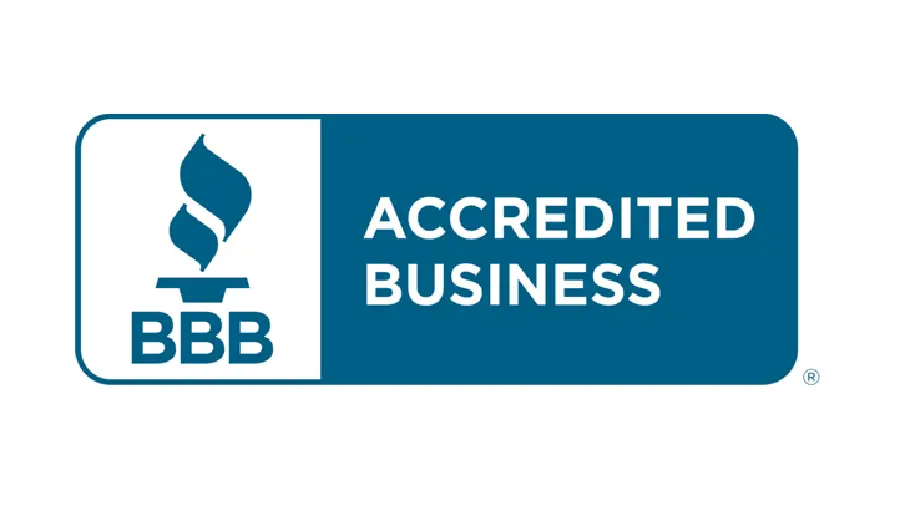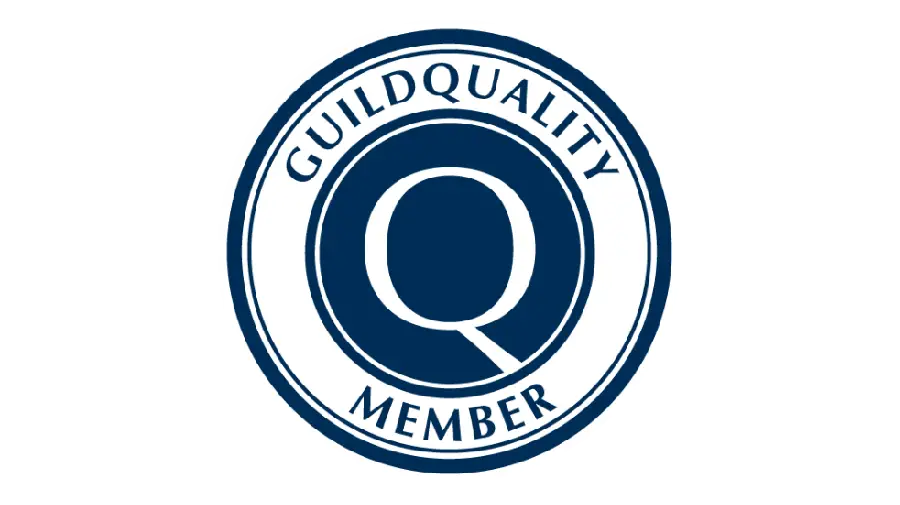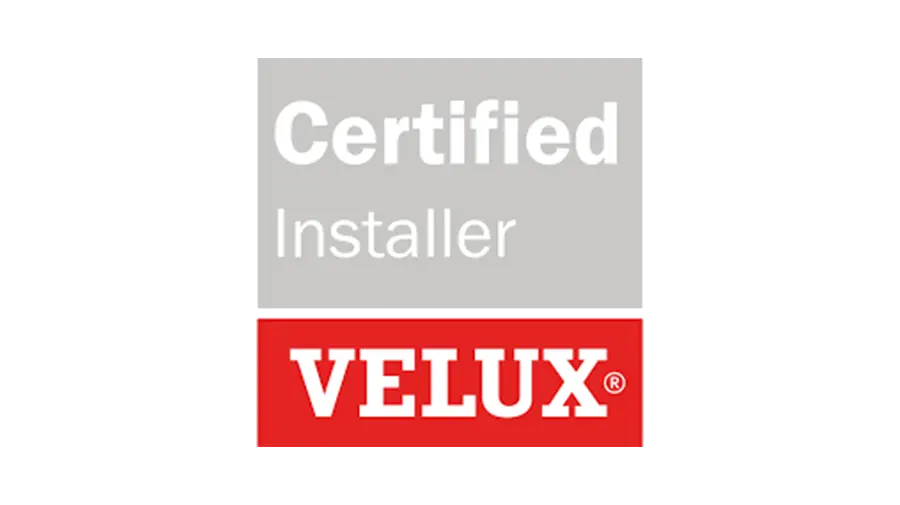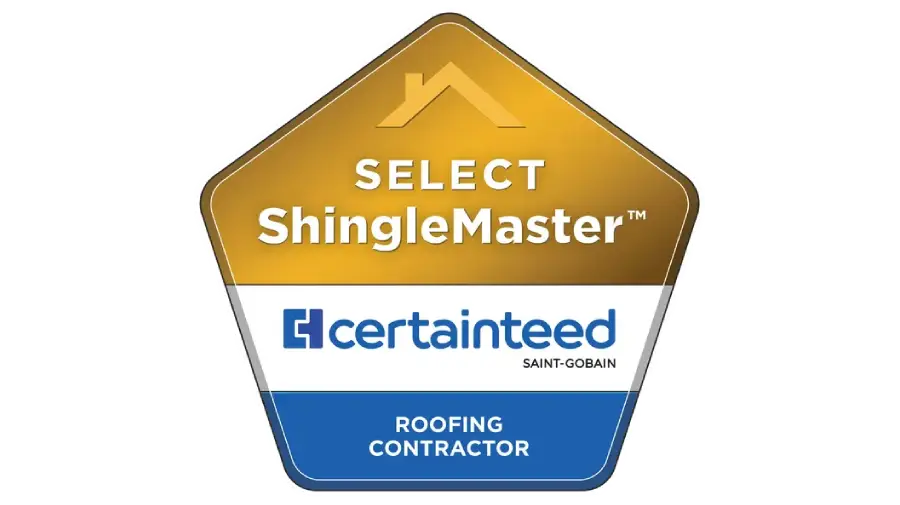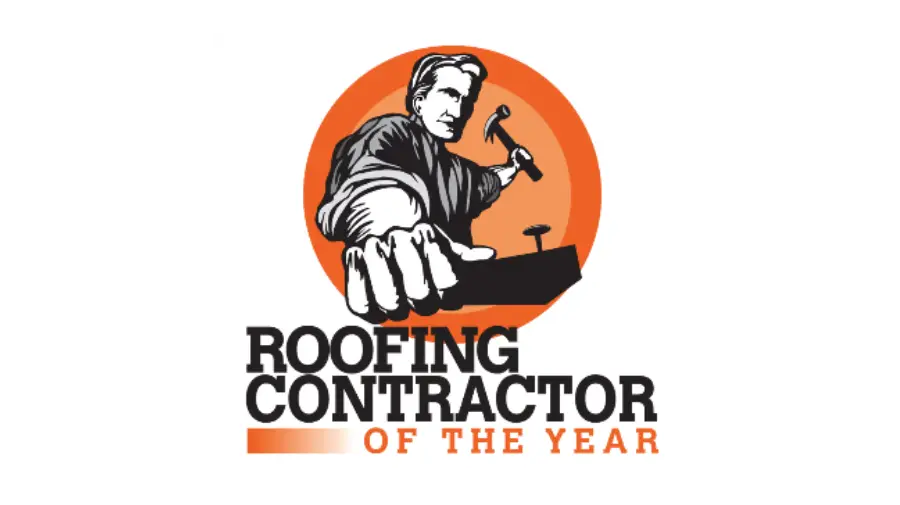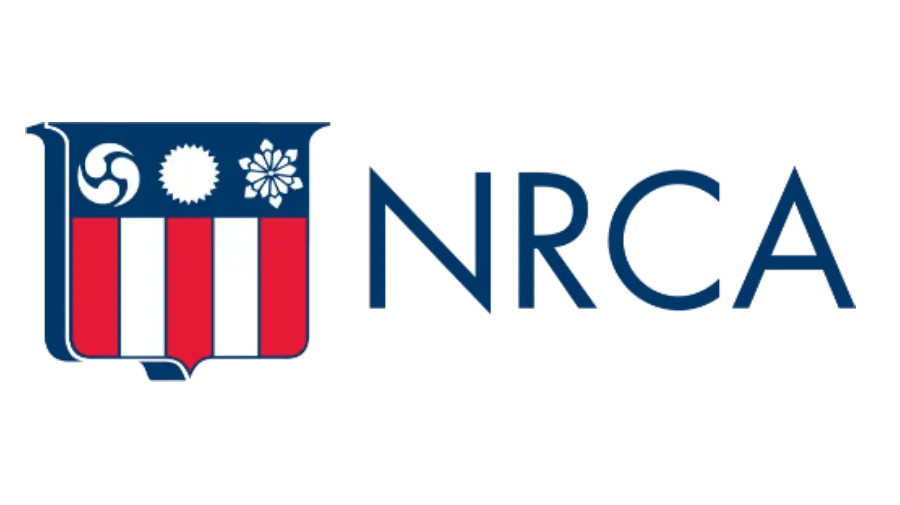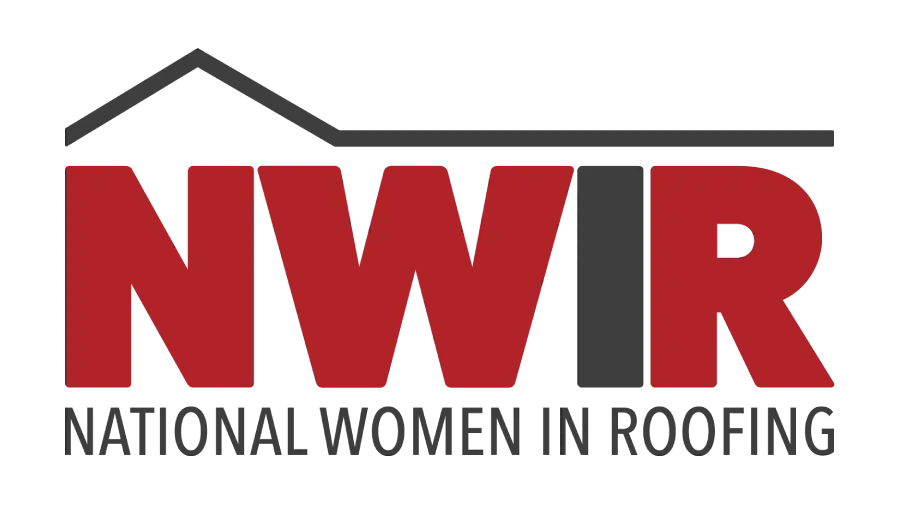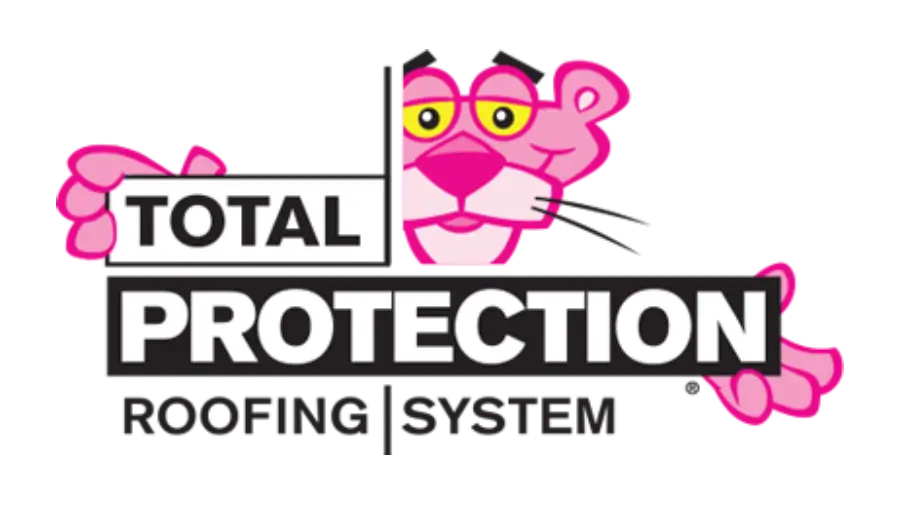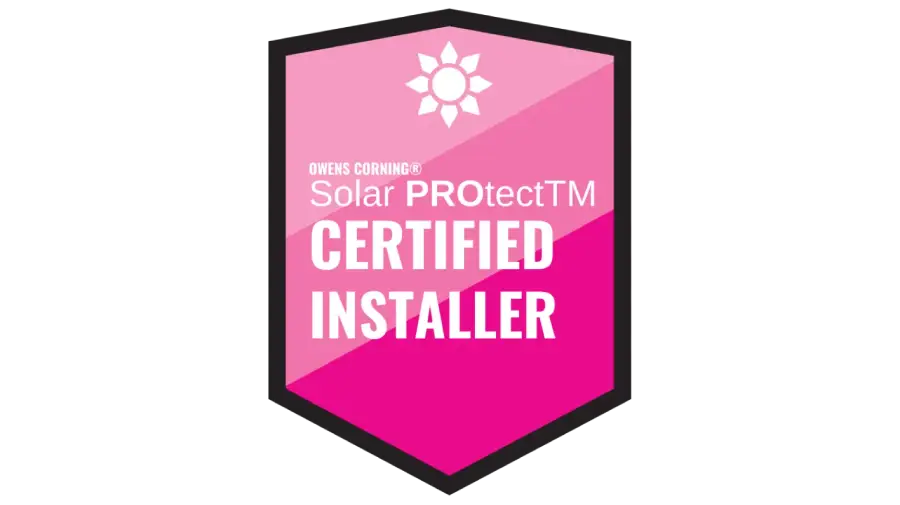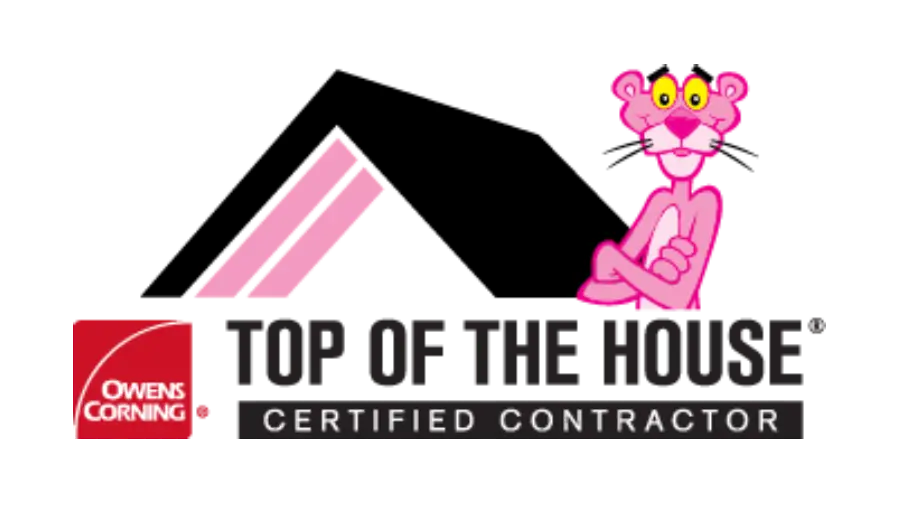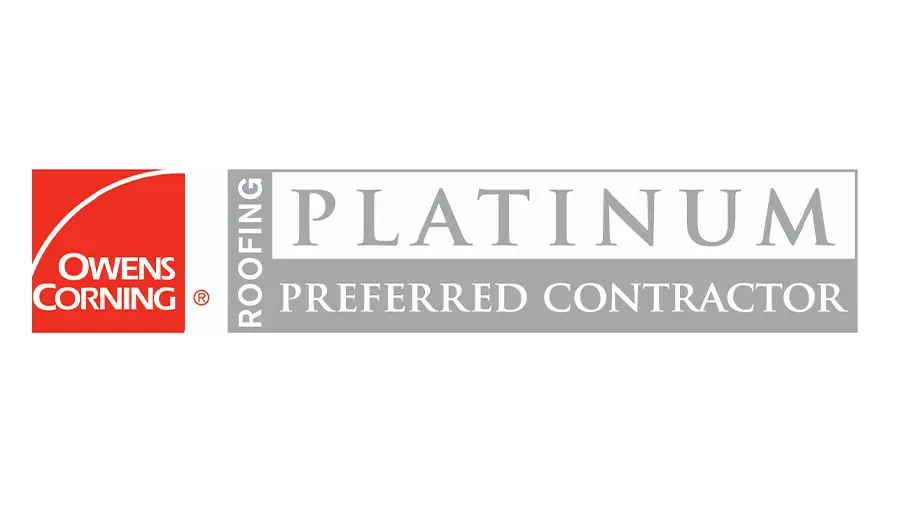
An ice and water shield is a self-adhering waterproofing underlayment that is used in roofing to help prevent damage caused by ice dams and wind driven rain. It serves as a last line of defense against water penetration. This self-adhesive membrane sticks directly to the roof deck, sealing around nails that puncture it, and provides a waterproof barrier that protects your home from potential water damage. As a trusted provider of roof repair services, Bone Dry Roofing discusses the importance of installing an ice and water shield.
Common Uses of an Ice and Water Shield
The following are 3 common uses for ice and water shield in the roofing industry.
1. Eaves and rakes
Ice and water shield is used on eaves to help protect the decking and interior of the home from damage caused by ice dams that may occur due to the freeze/thaw during the winter months. Most ice dams will form down near the gutter and allow water to back up on the shingles which then allows the water underneath the shingles where it can find a nail and make it through deck and into your home. With ice and water shield installed (2′ beyond the living area) the water will end up on top of the ice and water shield which seals around the nails and allows the water to run down and into the gutter. Ice and water shield on the rakes performs the same way but instead of water getting underneath the shingles from ice dams it is getting underneath from the water rolling over the edge and getting under the shingles either wind driving it or just gravity.
2. Valleys
It now very common to line the valleys (where two different slopes come together) with ice and water shield. Shingles in a valley on your roof will drape or loop from one slope to the other which makes them susceptible to damage from someone stepping in them, hail or a tree branch falling. During rain valleys on your roof carry a large amount of water and if there is any damage to the shingles in the valley there is then a large amount of water getting underneath the shingles. With ice and water shield installed in the valley, the water will remain on top and make its way to the gutter.
3. Flashings and chimneys
Ice water can also be used under flashings and around chimneys to help protect against wind-driven rains and anywhere the water may be slowed and allowed to back up.
How It Works
The primary function of an ice and water shield is to prevent leaks caused by two main culprits: ice dams and wind-driven rain. Ice dams form when snow melts on your roof, flows down, and then refreezes near the edges, causing water to back up under the shingles. Wind-driven rain, on the other hand, can push water up and under your shingles. In both scenarios, an ice and water shield acts as a protective barrier, preventing that water from seeping into your home.
Key Benefits
Installing an ice and water shield offers several benefits. Its waterproofing properties enhance the longevity of your roof, reducing the potential maintenance costs associated with water damage. The shield also provides peace of mind, knowing that your home has an additional layer of protection against harsh weather conditions.
Ice and Water Shield vs. Standard Underlayment
If you’re planning a roof replacement, it’s a good idea to invest in an ice and water shield. While standard roofing underlayment provides a level of protection, the shield offers superior defense, especially in climates prone to heavy rain or snow. It self-seals around nails, creating a watertight barrier. This enhanced protection can prevent costly repairs due to water damage and extend the life of your roof.
Installation Considerations
Proper installation of an ice and water shield is crucial to its effectiveness. It’s important to choose a roofer who understands the unique characteristics of this product and has experience installing it. Be sure to ask potential contractors about their experience, whether they offer warranties, and how they ensure proper installation.
Bone Dry Roofing: Your Trusted Roofing Partner
At Bone Dry Roofing, we are committed to protecting your home from the elements. As an experienced roofing contractor, we offer quality workmanship, superior products, and unmatched customer service. Call Bone Dry Roofing in St. Louis today at 636-782-4298 or fill out our online contact form to schedule an appointment.







